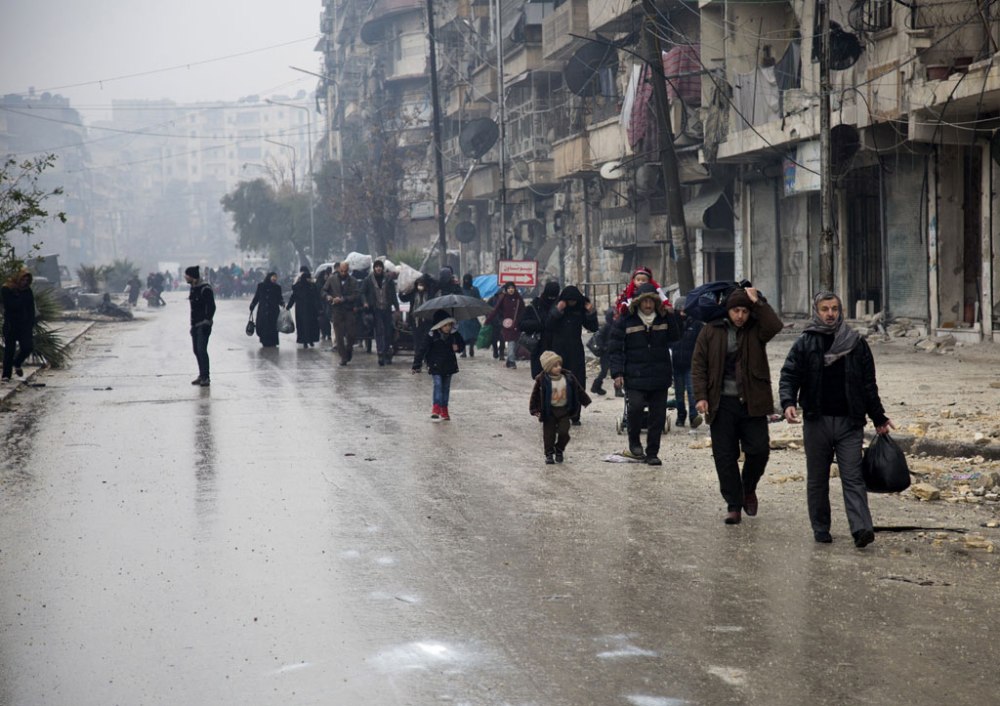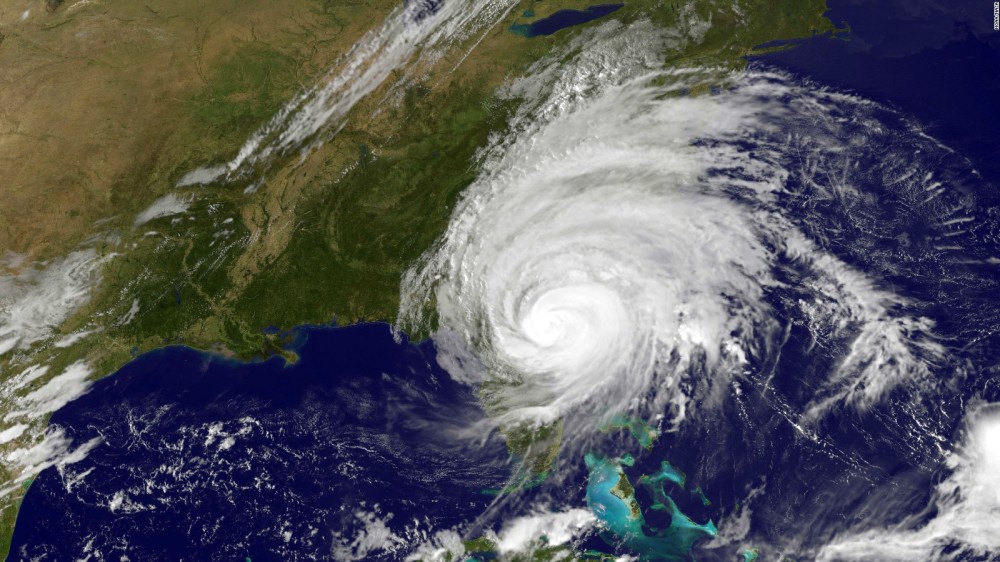By Anna Graham
4/6/2017

After a period of inconsistent cease-fire, the evacuation of the rebel forces in Aleppo is complete, marking the President Bashar al-Assad’s win over the four-year battle for what was once the country’s largest city. Made possible by Russia’s aid, the Syrian government’s control over Aleppo guarantees the President’s position of power for the remainder of the civil war.
Previously, the city was divided more or less evenly among the rebel and government forces, but Russia’s aid allowed the government to take control over the majority of the rebels’ territories. On the 13th of December, Russia declared that the battle for the city was over. The rebel forces had agreed to a cease-fire and surrendered their remaining territory to the government.
In addition, an evacuation period was agreed by the rebels and government for both the remaining rebels and civilians in the city. The evacuation was supposed to begin on the 14th of December. However, the government did not comply to the cease-fire agreement, and continued to bomb and shoot both rebels and civilians attempting to leave the city. Due to pressure from the United Nations and Turkey, the Syrian government eventually agreed upon an evacuation that officially began on the 21st of December. It concluded on the 22nd, with at least 34,000 people evacuated, according to the United Nations.
With the retaking of Aleppo, the government now has control over almost all of Syria’s largest cities. The President’s victory over Aleppo proves his power within the war, and could possibly affect the outcome. However, the retaking of Aleppo does not mean that the war is over, for much of the country is still controlled by rebel forces and Islamic extremist groups such as ISIS.

